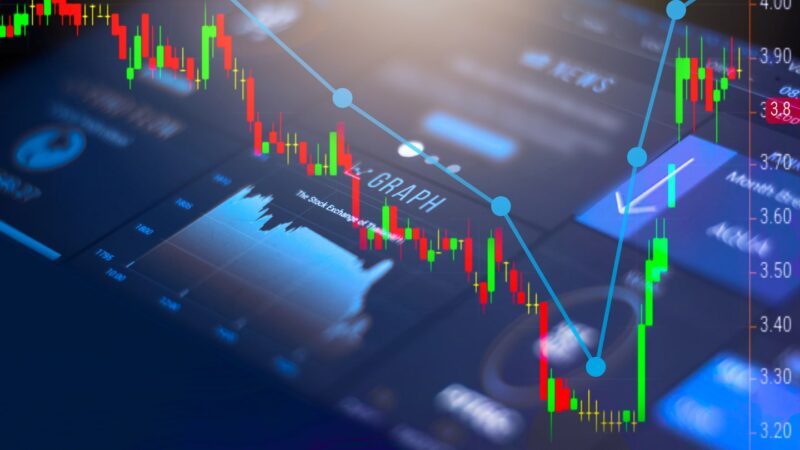In the fast-paced world of finance, where every second counts, automated trading has emerged as a beacon of opportunity for investors seeking to maximize their returns. But what does it take to embark on this journey? The question of whether coding skills are essential looms large over aspiring traders.
While some might envision a complex labyrinth of programming languages and algorithms, the reality is often more nuanced. Automated trading can be accessible to those with different skill sets, blending technology and strategy in unexpected ways.
In this article, we will delve into the essentials of starting your automated trading venture, exploring the tools, platforms, and knowledge you need—regardless of your technical background. Join us as we unravel the mysteries of automated trading and discover the pathways to success that do not necessarily require a deep dive into the world of coding.
The Role of Coding in Automated Trading

Coding plays a pivotal role in about automated trading, acting as the backbone of complex trading strategies. At its core, coding allows traders to transform intricate algorithms into actionable trading systems, enabling them to execute trades at lightning speed—something that would be nearly impossible manually.
Using languages like Python or JavaScript, traders can create customized scripts that analyze market data, backtest strategies, and even adapt to changing market conditions in real time. It’s not just about writing lines of code; it’s about crafting an intelligent system that can learn from past performance and evolve accordingly.
While some platforms offer user-friendly interfaces that diminish the need for deep coding knowledge, harnessing the full potential of automated trading often requires at least a foundational understanding of programming concepts. In this dynamic landscape, having coding skills can be the differentiator that sets a successful trader apart from the rest.
Automated Trading Platforms

Automated trading platforms have revolutionized how individuals engage with financial markets, making sophisticated trading strategies accessible to everyone, regardless of their coding prowess. Imagine a user-friendly interface where you can seamlessly configure algorithms to execute trades on your behalf, dynamically reacting to market conditions.
Platforms such as MetaTrader and TradingView offer an array of built-in tools and features that empower traders to customize their experience without diving into complex programming languages. While those with coding skills can refine and optimize their strategies further, the beauty of these platforms lies in their ability to cater to both beginners and seasoned professionals alike.
You can start small, pressing the buttons that matter, all while watching how your money works for you—perhaps even while you’re enjoying a cup of coffee! The integration of artificial intelligence and machine learning capabilities into these systems adds another layer of sophistication, enabling traders to harness data analytics in ways that were once the realm of hedge funds and institutional investors.
Coding Essentials for Automated Trading

When diving into automated trading, a grasp of coding essentials can significantly elevate your trading game, transforming mere interest into effective strategies. At the heart of automated trading lies the ability to code algorithms that can interpret market data, execute trades, and manage risks autonomously.
Familiarity with programming languages like Python, R, or even JavaScript opens a world of possibilities, enabling traders to create bespoke trading bots tailored to their specific strategies. Think about it: while basic numeric skills may get you started, understanding data structures, control flow, and real-time data processing can dramatically enhance your edge in a competitive landscape.
Starting simple is often the best approach—perhaps an introductory course or a coding boot camp. But remember, the depth at which you choose to dive into coding can determine not just your performance, but also your confidence as you navigate the intriguing realm of automated trading.
Conclusion
In conclusion, starting your journey into automated tradingdoesn’tt necessarily require advanced coding skills, but having a foundational understanding can certainly enhance your trading experience and effectiveness. With numerous user-friendly platforms and tools available today, even those with minimal technical knowledge can successfully engage in automated trading.
Ultimately, the key lies in understanding your trading goals, carefully selecting the appropriate tools, and continuously educating yourself about market dynamics. Whether you choose to automate your trades with or without coding, what matters most is the strategy and discipline you bring to the trading process.
Embrace the opportunities that automation offers, anyou’llll be well on your way to navigating the financial markets with greater efficiency and confidence.


